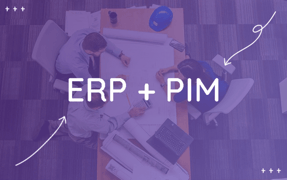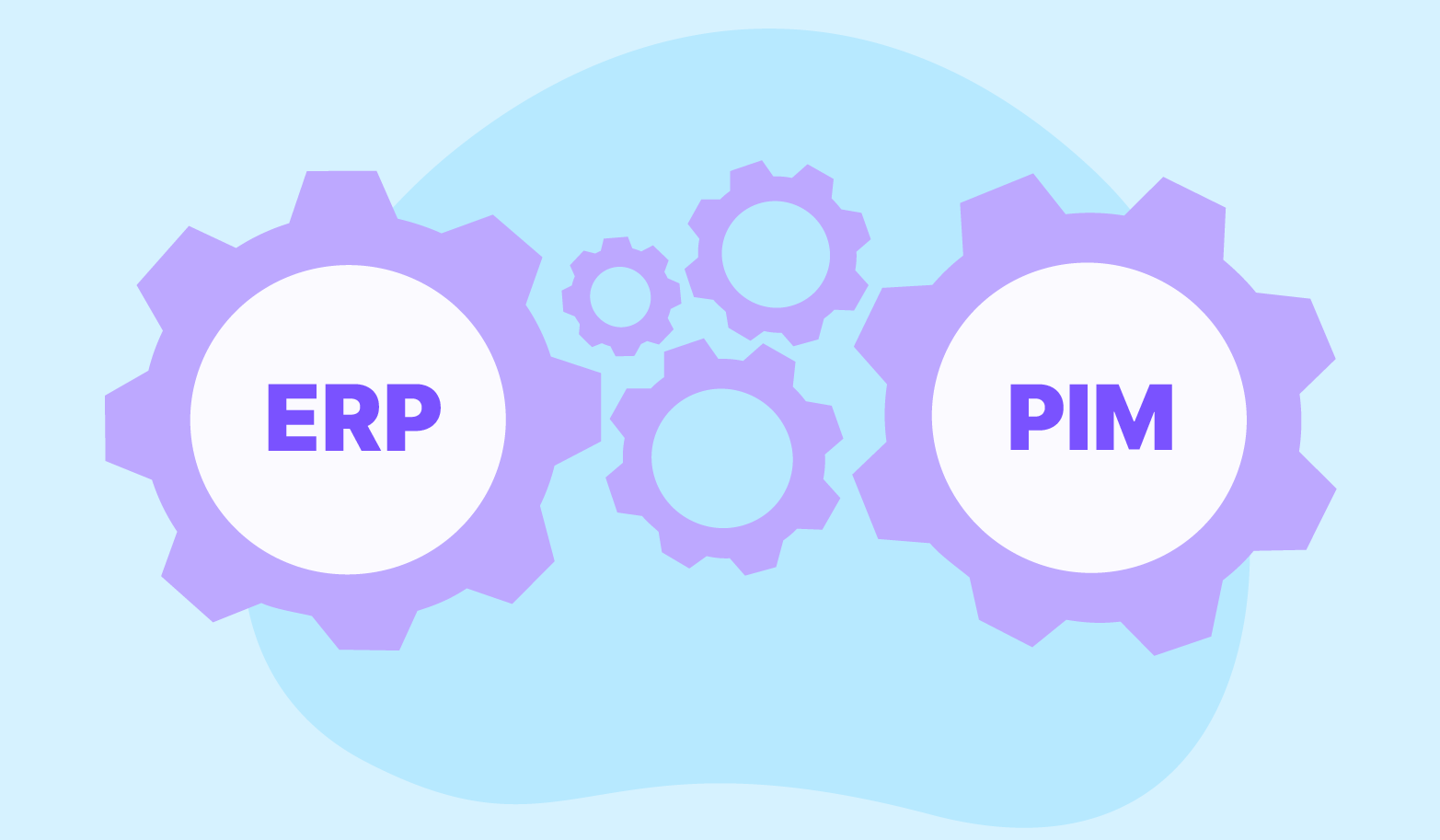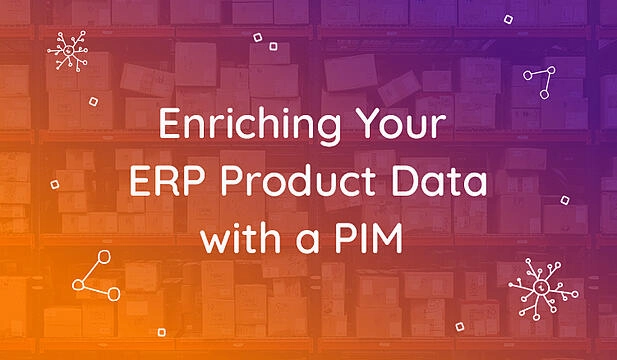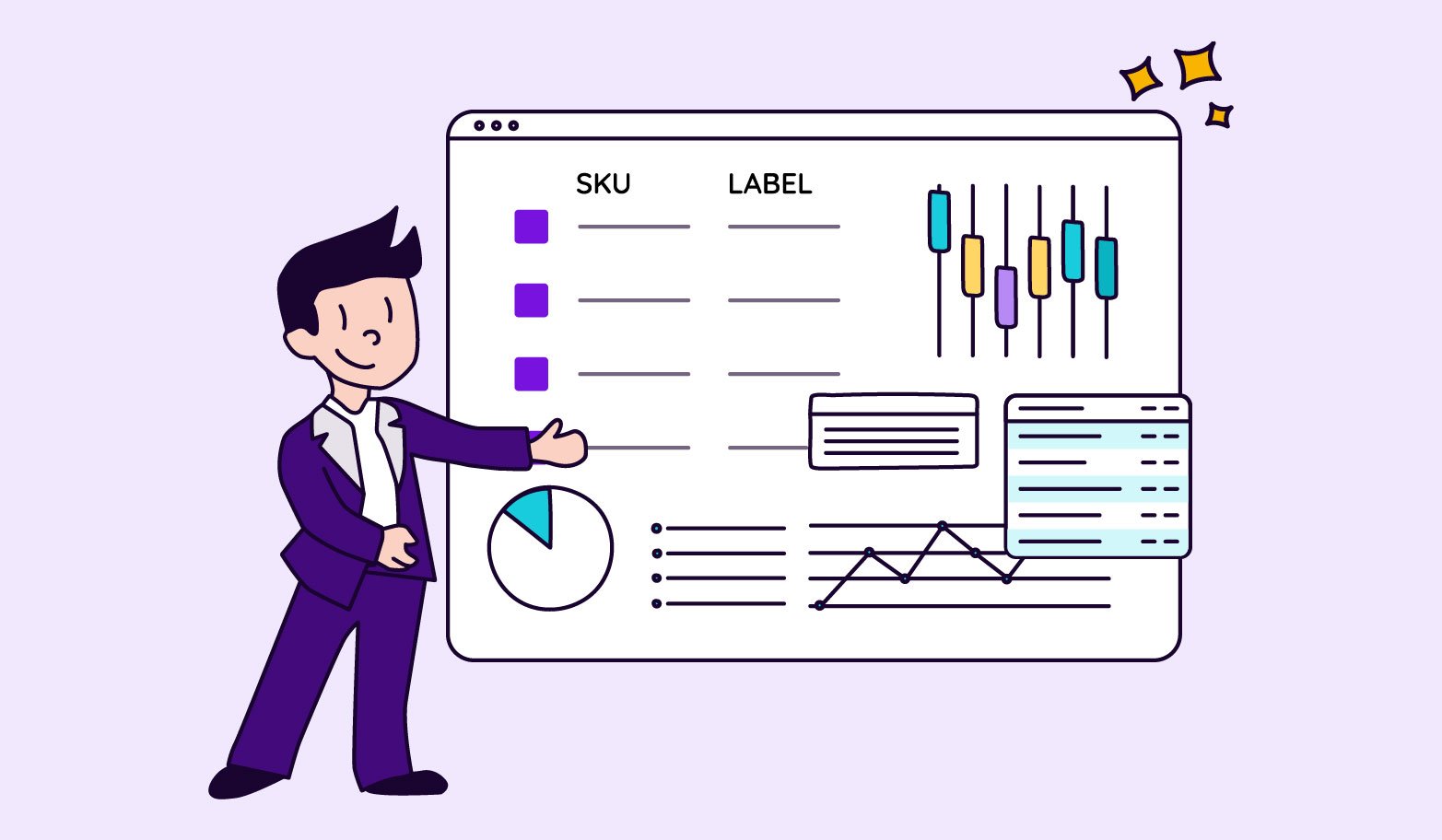Enriching your web store content is a big job, especially if you work with a lot of data and files. You'll most likely need an additional content enrichment system to keep everything optimized. Two common solutions are Product Information Management (PIM) and Enterprise Resource Planning (ERP) systems.
But how do they work together?
Both management systems serve as central databases for a company's product information. Where they differ is what they hold and what they are good at.
Enterprise Resource Planner (ERP)
An ERP contains multiple data points related to the "resources" of a company.
A resource could be anything from products to customers, or logistics information. So, for example, a product in an ERP system would contain information like stock availability, price, and warehouse locations. All of this information allows the company to track this particular resource. However, an ERP system does not include marketing information, digital assets, or sales materials. And it shouldn't.
An ERP is specialized for use in logistics, finance, and other departments that are data-heavy, not content-heavy. So, this is where a PIM steps in to help you out.
Product Information Manager (PIM)
PIM systems allow you to take product information from an ERP system and enrich it for marketing and sales purposes. For example, you can optimize product content specific to a marketplace like Amazon, and syndicate it directly with the platform. This is very much like the way a CRM allows you to take customer data and enrich it in a user-friendly way to make follow-ups and manage relationships.
PIM's give the marketing and sales departments the ability to add multi-language product descriptions, product images, and media files, channel-specific data, and other information that improve the sales quality of the products. Essential PIM functionality also gives your ecommerce managers the ability to take that enriched information and publish it to your web store or share it with your retail partners.
This is a helpful middleware solution as it takes data from your ERP system, merges it seamlessly with the descriptive information, media, and marketing copies that you have developed, and gives you the power to put it where it needs to be without losing any time juggling spreadsheets and cloud storage.
How They Work Together
ERP and PIM systems help to integrate your website and your daily operations, ensuring consistency and transparency with regard to all product-related communication with your consumers. The two systems are complementary because, despite some overlap, they serve different business-critical purposes.
Though it is not mandatory to have both, retailers and manufacturers that choose to have both are able to provide detailed and accurate product information to their customers faster and more consistently. This is especially the case if a retailer has a large number of products in its catalog, which need regular maintenance.
In some cases, content can be extracted from an ERP system to a web store quite easily without a PIM system, while in others, it can be tedious. As the complexity of a catalog increases, a PIM system will save you a considerable amount of time when it comes to managing and maneuvering all that information. Coordinating product files, updating compliance information, and keeping products up to date with seasons are just a few things that become easier with a centralized database.
In summary, PIM and ERP systems, when properly integrated, work in tandem to automate or streamline your processes. They can save you a ton of time, money, and a whole lot of headache when juggling lots of product information.
To see how Plytix can help you, a dedicated sales member will help you get started. Sign up and let them walk you through a personalized, 30-minute demo!



